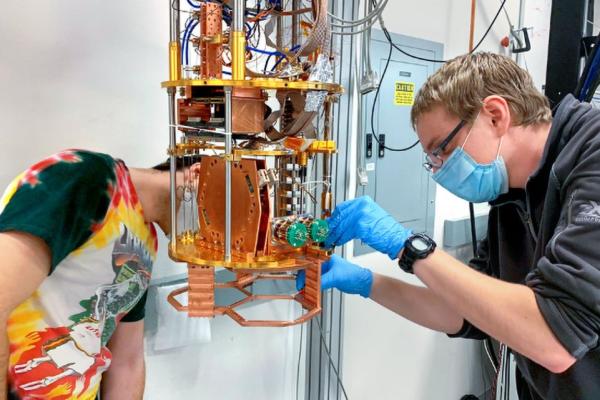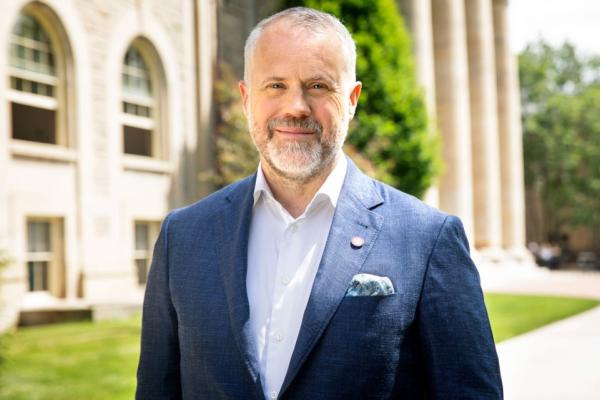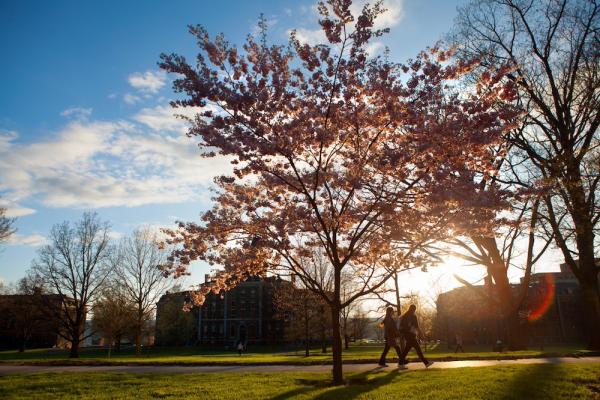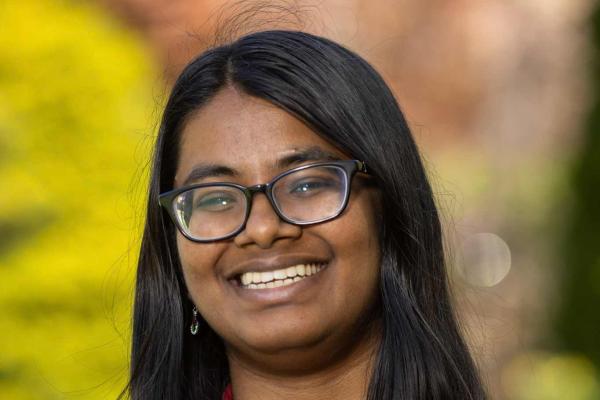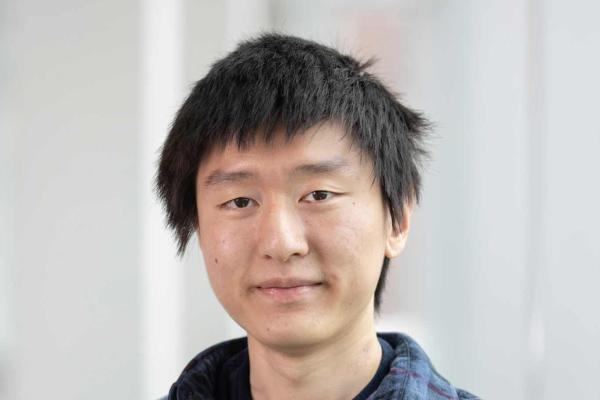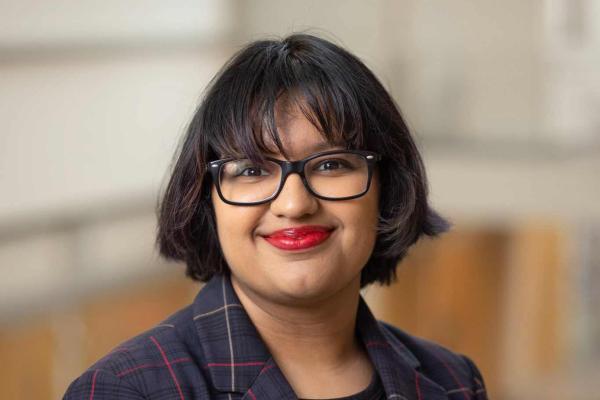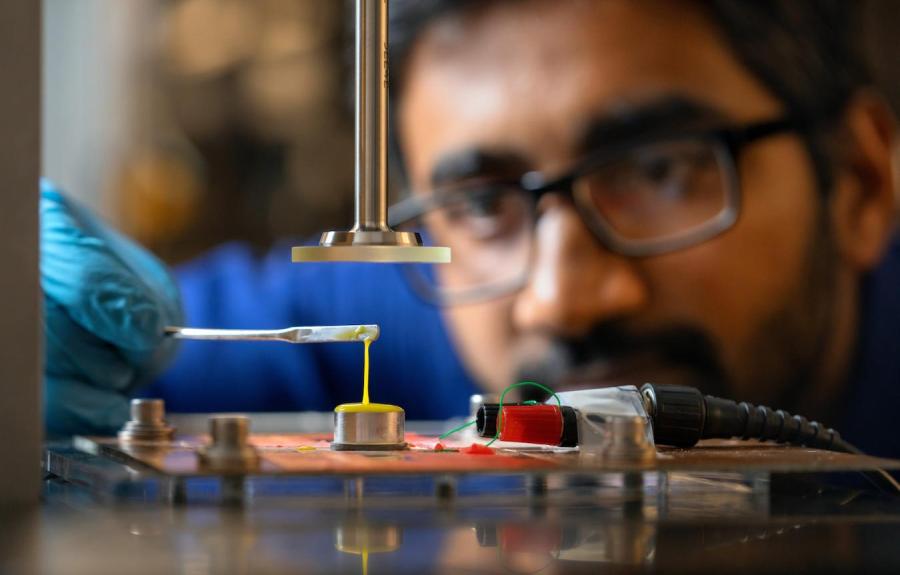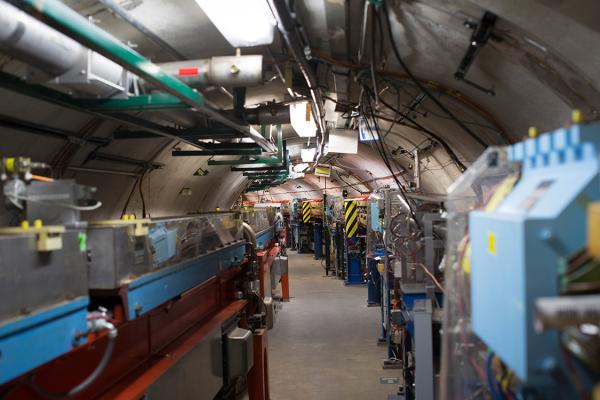
DOE funds new Cornell accelerator science trainee program
The program’s goal is to “produce a diverse body of broadly educated fellows” in areas targeted by DOE’s Office of Science, including RF superconducting structures, high brightness electron sources for linear accelerators, physics of large accelerators and system engineering, and operation of large-...
Read more
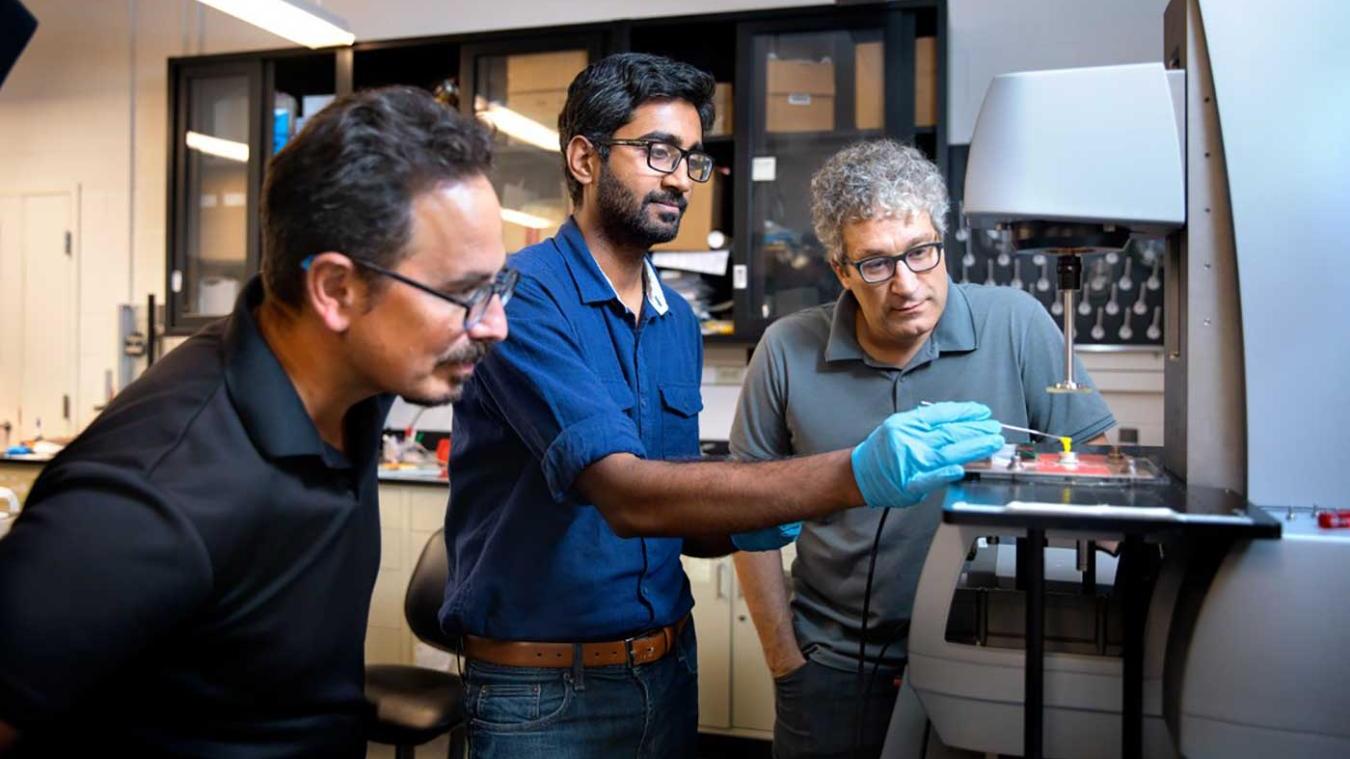
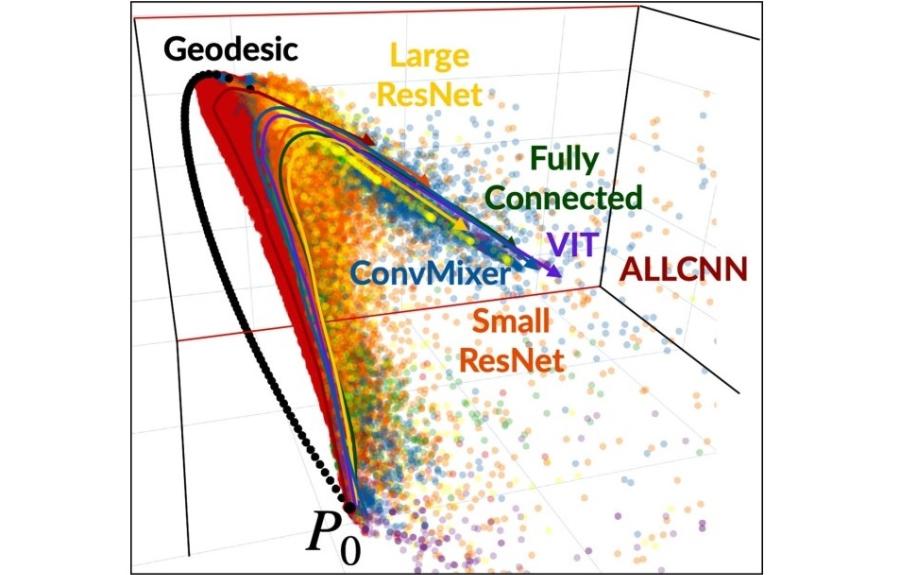
.jpg)
